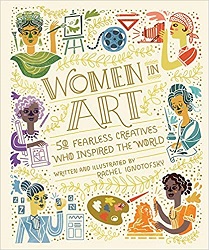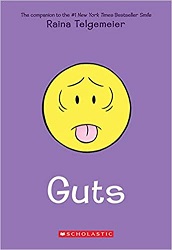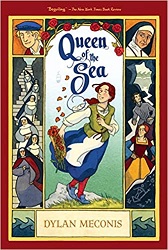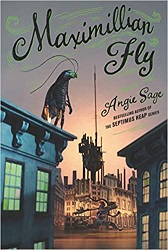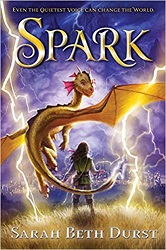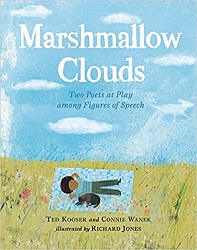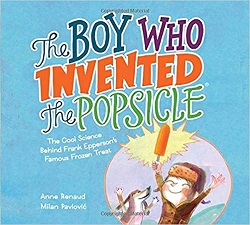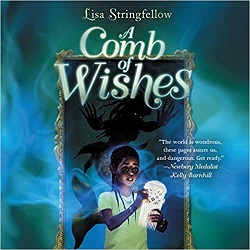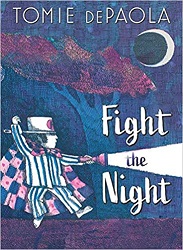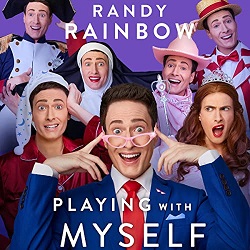Review of Women in Art, by Rachel Ignotofsky
50 Fearless Creatives Who Inspired the World
written and illustrated by Rachel Ignotofsky
Ten Speed Press, 2019. 128 pages.
Review written August 5, 2020, from a library book
Starred Review
I’ve gotten a little tired of collective biographies that tell about a bunch of people and after awhile they all lump together. This one was different and distinctive. It probably helped that I had it checked out while the library was closed during the pandemic, because I found I only wanted to read about one artist per day, since there was so much information packed on each spread. I was in no hurry and didn’t have to worry about having to return the book before I was done.
The stylized illustrations are wonderful, featuring a page that highlights a portrait of the artist opposite the page with the text summary of her life and accomplishments. Both the portrait and the text, though, are surrounded with highlights from her life and images of her work.
There was a huge variety in the types of art these women made. The earliest woman featured combined poetry and painting in ancient China. The book includes more painters and sculptors, but also quilters, graphic designers, filmmakers, architects, fashion designers, photographers, and animators. I’d only heard of a small fraction of them before reading this book.
This wonderful book inspired me and reading it became a delight rather than some sort of educational chore. Here’s a paragraph from the conclusion:
Throughout history, female artists have pushed boundaries, created important works, and inspired the world. Many of these artists had to struggle against sexism, classism, racism, or other obstacles to get their work seen and taken seriously. Now we can include these women in their rightful place in art history and celebrate their contributions. Let us honor their legacy by continuing to create. Build what you see in your wildest dreams! Express yourself by creating something new! Share your ideas with the world! And go out there and make your own masterpiece!
RachelIgnotofskyDesign.com
tenspeed.com
This review is only on the blog.
Disclosure: I am an Amazon Affiliate, and will earn a small percentage if you order a book on Amazon after clicking through from my site.
Disclaimer: I am a professional librarian, but I maintain my website and blogs on my own time. The views expressed are solely my own, and in no way represent the official views of my employer or of any committee or group of which I am part.
What did you think of this book?
